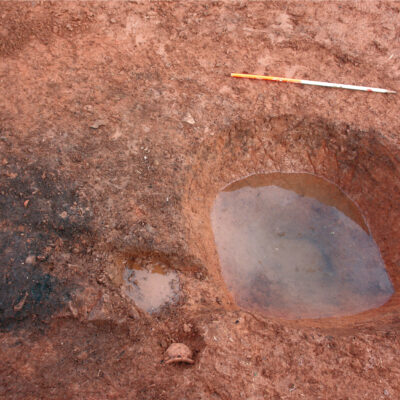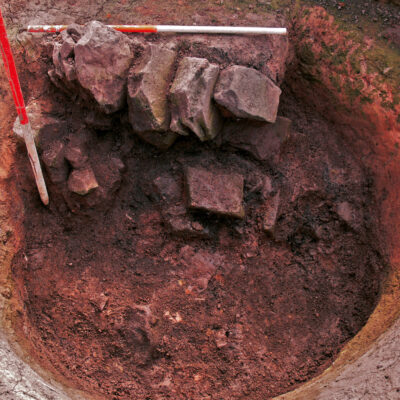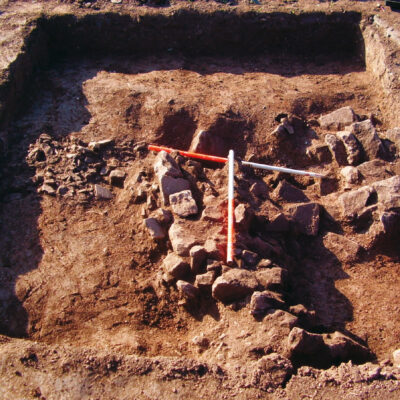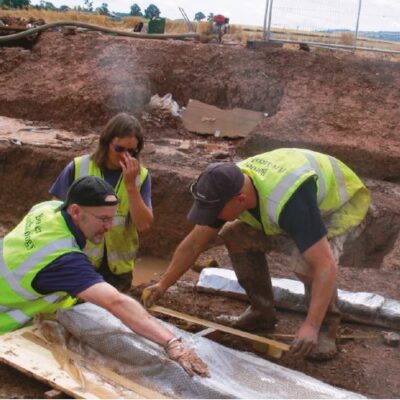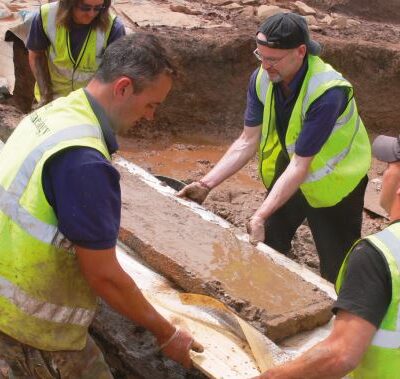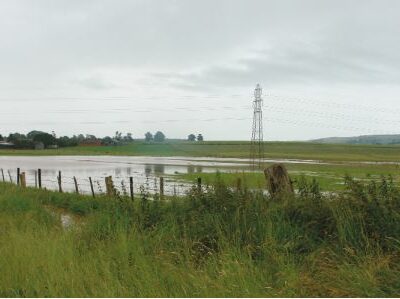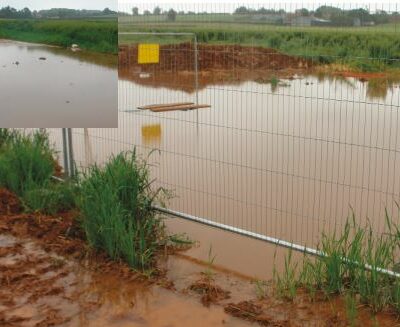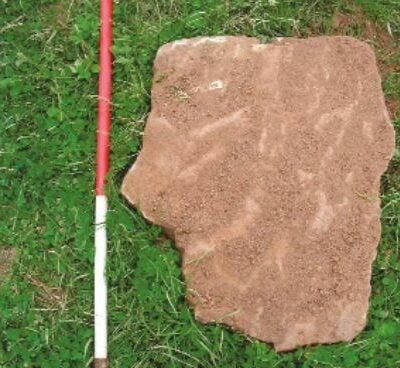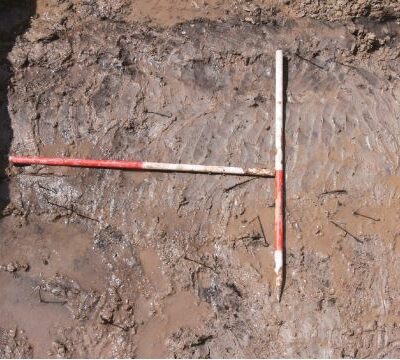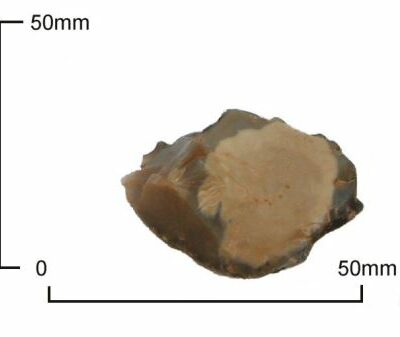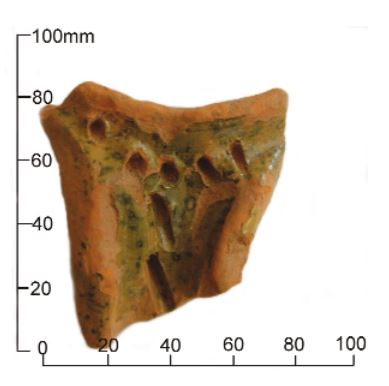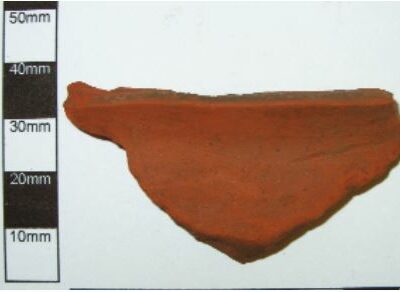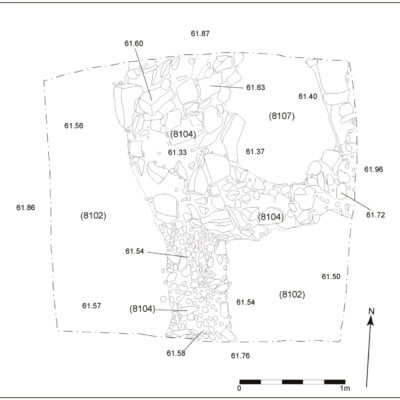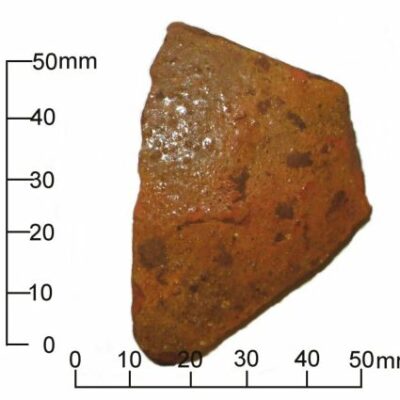Programme of Archaeological Work, Herefordshire
We undertook a programme of archaeological work at Stretton Grandison, Herefordshire for Dŵr Cymru Welsh Water as part of the Ledbury Trunk Main scheme.
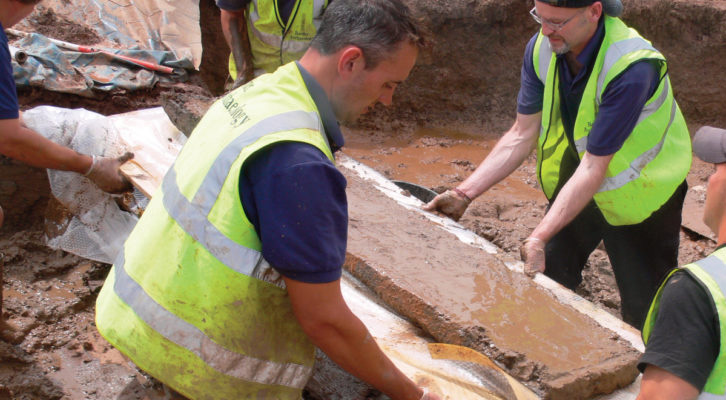
In Brief
Archaeological Desk-Based Assessment; Watching Brief (Archaeological Observation); Archaeological Excavation; Post-Excavation Assessment
Location: Stretton Grandison, HerefordshireKey Points
- 14.5km of new pipeline within a sensitive landscape
- Watching Brief of trenching and Excavation of 13 engineering access pits
- Multi-period activity identified
- Roman burials uncovered near Stretton Grandison
Summary
The work was carried out in two phases, Phase 1, a watching brief, and Phase 2, excavation of access pits. Phase 1 of the work consisted of archaeological observation of the topsoil strip and subsequent open-cut trenching operations between the DCWW facility at Bewdley Bank and Withington, and of access pit excavations between Yarkhill and the western perimeter of the Roman urban settlement located to the south of Stretton Grandison.
Phase 2 consisted of the archaeological excavation of 13 engineering access pits situated within the designated area of the Roman settlement of Stretton Grandison, from Yarkhill to Cannon Frome, to predetermine the nature and extent of the archaeological resource in advance of groundworks. This included the excavation of two pits located within the Scheduled area of the settlement immediately to the east of the A417. Pits 1 to 7, and 11 to 13 measured 9m x 8m. Access Pits 8 and 9 measured 6m x 5m and Access Pit 10 measured 5m x 4m. Access pits 3, 6 and 8 were all extended for engineering requirements.
Significant evidence of Prehistoric activity was found in Access pits 2 and 5. Significant evidence of Roman settlement activity was found in the majority of the access pits excavated, with three main foci of occupation identified. These were identified in Access Pit 1, to the northwest of the Frome, in Access Pit 4, to the south of the Frome, and in Access Pits 8 and 9 within the area of a rectilinear enclosure immediately east of the A417 trunk road.
View our report here: ADS Grey Literature Library
Results
Late 1st-2nd century AD finds included a stone lined well, pottery kiln, ditches and pits associated with two burials in wooden coffins, one may have been partially decomposed before burial, suggesting ritual ‘excarnation’ or prior exposure to the elements.
Further cremations and burials may suggest a local family group connected with a farmstead or villa.
A later phase of use from the mid-4th century to c. 650 AD included an adolescent buried face-down with clear evidence of decapitation, either in battle or execution.

